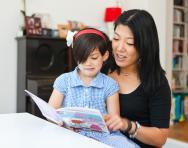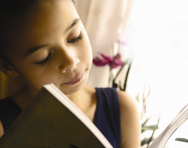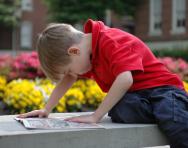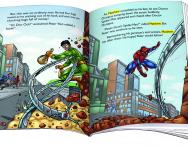Using story books to learn to read

We’re so used to our children bringing home specific books that are for ‘learning to read’ that we begin to think that other books, the story books we have at home, may be good for reading to our children, but are somehow not up to scratch when it comes to our children reading to us.
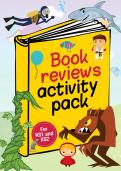
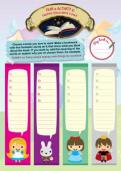
Claim A FREE Book Reviews Activity Pack!
- A huge collection of creative writing & reading comprehension resources
- Explore texts, deepen understanding, share opinions
- For Year 1 to Year 6
However some literacy experts argue that, though reading scheme books offer the advantage of being levelled accurately and are directly in line with the key words your child will be learning at that time, the stories written by the wonderful children’s authors of our time should not take a back seat. Whilst it’s crucial we follow our children’s school guidelines and reading policies, it’s also good to enrich the whole business of learning to read with a huge variety of literature.
Here are some tips for getting the most from the story books you have at home.
1. Look out for rhyming books. Rhyme can really help children to predict words and will also encourage them to keep pace, as they’ll soon learn that the rhyme is lost if you read too slowly.
2. Think fun and involvement. Don’t assume that lifting flaps or popping pictures in slots is wasting time when your child is doing their ‘learning to read’ sessions. Practical interaction with a book can encourage them to be more immersed in the story and may offer well-deserved brain breaks when they’re concentrating hard.
3. Remind them about their phonic knowledge. When looking at words they are unsure of, encourage them to use their ‘sounding out’ skills. This will boost their reading confidence and will help them to understand the relevance of their phonics work, too.
4. Use your library (whilst we’ve still got them, cynics might say!). Libraries are a marvellous way to get children involved in the process of choosing what to read. They can select from a wide-range of non-fiction titles, as well as fiction, and become mini-researchers on areas of interest.
5. Don’t think your child is too old for rhymes and singing. Research has shown that children who can rhyme (which they are more likely to be able to do if they’ve had practice at home) have a real advantage when it comes to learning to read. Make rhyme times part of your routine, perhaps by putting together a small bag filled with toys to represent different rhymes which your child can choose from.
6. Ensure that the type is big enough when you’re reading a story book. Small font size can be off-putting to new readers. As they get older though the reverse may be true – they may feel extremely ‘grown-up’ reading smaller writing then!
7. Get to know who’s who in the children’s authors’ arena. This will really help you when you come to selecting some new books for your child to read. Former Children’s Laureate Michael Rosen has written many fabulous ‘silly’ books with Dahl-esque words in, and Nick Sharratt has written a multitude of simpler books that appeal to younger children.
8. Go with your child’s interests. We are all guilty of a little book snobbery from time to time! We may value certain authors over others or think fiction is more worthy than non-fiction. The truth is, all we should worry about is motivation. If your child wants to read something, if they’re desperate to know what it says, then they’re more likely to try hard during the session.
9. Encourage your child to write or draw book reviews about some of the books you read at home. They can describe the plot, who the characters were and what they liked or disliked about the book. This will not only help them to become critical readers, experiencing books on a deeper level, but may also help them to learn the words they’ve read as they are likely to need to write some of them down in their review.
10. Set a positive example. Typically parents will say that it’s their boys who need more persuasion to read at home. Again, tune into their interests: magazines, comics and kids’ websites are all great reading material. Also ensure that they see some positive male role models reading – it doesn’t have to be novels if dad or granddad prefer to catch up with the sports pages, but it’s vital they see that reading certainly isn’t just for girls!
Make reading with your child part of everyday school life
Once children are learning to read it can be hard to find time for reading practice and reading-for-pleasure sessions, but carving out ten minutes a day to get lost in a book together is hugely important (and great fun!) if you want your child to grow into a confident reader.
The Time to Read campaign from Bookstart, the UK’s largest children’s reading charity, encourages families to make time to read together, share stories every day and find the fun in reading. Every Reception-age child in England receives a free book, delivered inside a special Time to Read pack that they get to keep and take home. You can find reading tips, reading guides and booklists for all ages on the Bookstart website.

Give your child a headstart
- FREE articles & expert information
- FREE resources & activities
- FREE homework help

